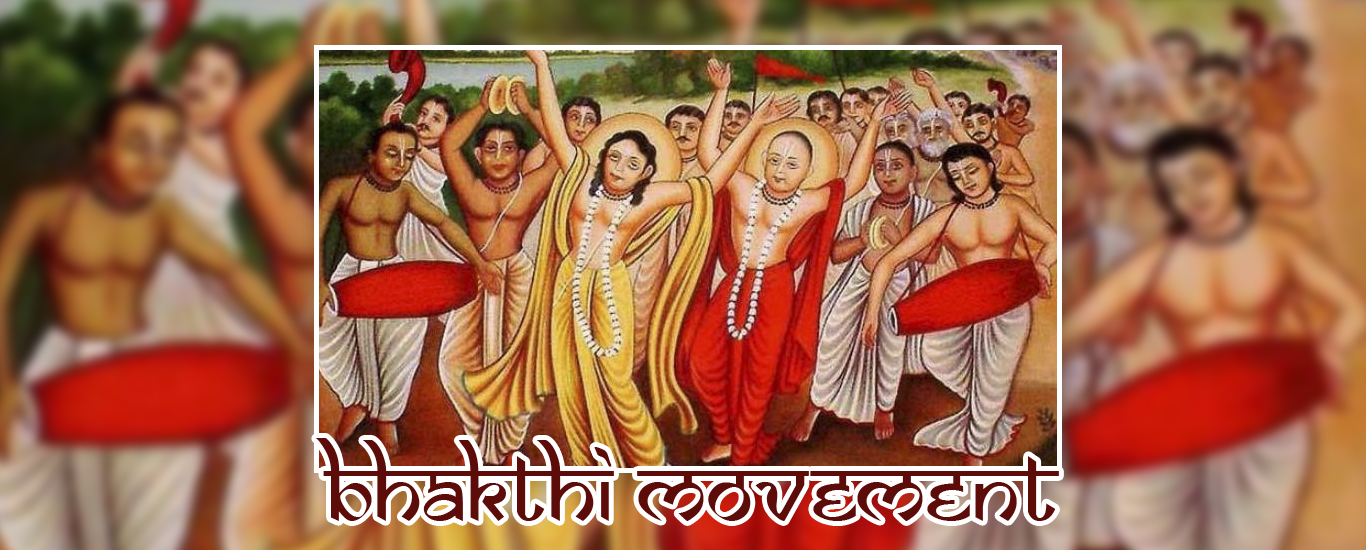International Yoga Day 2021 | Yoga, India’s gift to the world for healthy living
“Yoga is not about what one can get out of it. It is rather about what one can give up, what one can get rid of”- PM Narendra Modi
History of International Yoga Day
World Yoga Day is also called International Day of Yoga. The celebration took place on 21 June 2015 for the first time. The Prime Minister of India Narendra Modi took the initiative by delivering a speech related to yoga on 27 September 2014 in the United Nations General Assembly. This was the reason, on 21 June, it was declared as “International Yoga Day”. The proposition to celebrate the International Yoga Day on 21 June in the United States was accepted by 193 members on 11 December 2014.
During the UN General Assembly, the Prime Minister said “Yoga is an invaluable gift of India’s ancient tradition. It embodies unity of mind and body; thought and action; restraint and fulfilment; harmony between man and nature; a holistic approach to health and well-being. It is not about exercise but to discover the sense of oneness with yourself, the world and nature. By changing our lifestyle and creating consciousness, it can help us deal with climate change. Let us work towards adopting an International Yoga Day”.
Sam Kutesa, President of the UN General Assembly, declared to celebrate the International Yoga Day on June 21 and more than 170 countries promoted the Yoga Day proposal. This came into light and made people know about the benefits of yoga, some of which are visible and some are invisible.
What are the objectives of the International Yoga Day
- Make people conscious about the benefits of yoga and connect them with nature.
- To lower the rate of health-challenging diseases in the world.
- Extending growth, development and peace all over the world.
- It also aims to create a habit of meditation for peace of mind, self-awareness which is important to survive in a stress-free environment.
- Making people mindful of physical and mental illnesses and giving solutions through yoga.
Why is 21st June celebrated as The International Yoga Day?
21 June is the day to pay admiration to the Sadgurus. This day is also of the summer solstice. Throughout the June Solstice, the sun begins to move from north to south. This time is the transition period, from Yoga’s perspective, which means it is the better time for meditation.
During the period of Sankranti or Uttarayan (around 21st June), the first yogi (the Adiyogi) left towards the south, and he saw the 7 royal sages at first who then became his first disciples. They developed the science of yoga in many parts of the world.
It is impressive that 21st June marks this vital event in the history of humans. This date in the Northern Hemisphere is also the lengthiest day of the year and it has distinct significance in many parts of the world.
Origin of Yoga
Yoga is originated from India. Modern research says its 5000 years old. The word Yoga is in Sanskrit. It is formed with the root word ‘Yuj’ which means unites or union. The word Yoga was used in Rigveda around 5000 years ago. The foundation to Yoga is given by the great Sage Patanjali by introducing his Patanjali Yoga Sutras. He talks about Raja yoga and explains how to obtain Moksha (emancipation or liberation). Patanjali Yoga Sutras contain 195 Sutras in four parts. Samadhi Pada, Sadhana Pada, Vibhuti Pada and Kaivalya Pada.
Around 5000 years ago during Mahabharatha Lord Krishna talked about Yoga in Bhagavad-Gita. In chapter 2 he says ‘Samatvam Yogamuchyate which means Yoga is equanimity. He also says ‘Yogah Karmasu Kaushalam’, which means Yoga is a skill in your action. According to Lord Krishna it is not just the postures, it is the way you act and perform in your life. He focuses on Bhakthi Yoga which is devotion, Jnana Yoga the knowledge, Karma Yoga the work.
Coming to modern yoga in 1890’s Swami Vivekananda who travelled to the US and Europe in the 19th century, created an awareness about Yoga and meditation. In the early 20th century Paramhamsa Yogananda who travelled to the US and made widespread awareness about Yoga and meditation. Krishnamacharya, who is called father of modern Yoga who formulated Vinyasa Yoga in Mysore. In the 19th century, he used to teach Yoga to Mysore kings. His students were also famous in the 21st century. At the same time many Yoga gurus became famous with their own findings like Bikram Yoga who created and started Bikram Hatha Yoga, Sadhguru’s isha Yoga, Baba Ramdev who started Patanjali Yoga, Ravi Shankar who started the art of living.
Importance of Yoga
“Yoga adds years to your life and life to your years”
There are plenty of studies that demonstrate Yoga’s potential for health. Oxford University found that people who practice Yoga even once a week are less stressed out, have lower blood pressure and slept better at night. Yoga is not just good for mental health. According to the National Institute of Health it is proven to help with musculoskeletal issues especially lower back pain. It can even help relieve asthma.
An early art of associating body and mind. Yoga is not just an exercise performed for balancing the parts of our Body. In addition, it helps us to meditate and relax. Yoga also aids us to Control our mind plus body. It is a path to discharge our concern, worry and tension. It awakes the feeling of amity and peace. Slowly, Yoga obtained popularity among ourselves, and today it has extended in almost every Area of World.
Yoga, a necessary routine in our daily life
- Practicing yoga results in physical health.
- It improves social health.
- Yoga Improves mental health.
- It improves spiritual health.
- Helps in our self-realization.
Yoga at the physical level comprises various postures or asanas to maintain body health. The mental techniques in Yoga comprises breathing exercises or pranayama and meditation to discipline the mind.
As per the Bhagavad Gita “A person is said to have achieved yoga, the union with the Self, when the perfectly disciplined mind gets freedom from all desires, and becomes absorbed in the Self alone.”
Advantages of Yoga
- Eliminates toxins from the body and negative blocks from the mind.
- Yoga improves self-healing.
- Yoga enhances self-awareness.
- Increases immunity.
- Boosts personal power.
- Develops concentration and focus.
- Yoga lowers stress level and tension in the physical body.
True Benefits of Yoga
The most important benefit of yoga is that it is a physical and mental therapy as mentioned earlier. People have to blend the practices of yoga asanas, pranayama and meditation to get utmost benefits of Yoga. Regular practice of asanas, pranayama and meditation can help such diverse ailments such as diabetes, blood pressure, digestive disorders, arthritis, asthma and heart disease. Yoga helps in sharpening minds and improves intelligence. It is possible to achieve a higher level of concentration through Yoga. Yoga also helps to learn how to steady our emotions. It connects to nature like never before and enhances our social well-being.
“Yoga is a mirror to look at ourselves from within”
Anyone can practice Yoga no matter what age you are or whichever religion you belong to.
Its benefits are numerous:
- Health: Currently, there has been a revival and people understand the significance of yoga. The world over, yoga has become identical with relief, happiness and a creative mind.
- Behaviour: It alters the behaviour of a person as behaviour relies on the stress levels in a person. Pranayama and meditation provide us with tools and techniques to follow a stress and a tension-free life.
- Vibrations: we convey a lot through our presence more than words; our vibrations. The more we are close with our deeper self, the stronger our vibrations become.
- Communication: Yoga helps us to make our sharp observation, perception more accurate and clearer expressions.
- Removes prejudice: An additional matter that we face in society today is prejudice – of religion, gender, race, educational status, class, financial status, etc. All these different types of prejudices have congested the mind of men and that is how problems arise in public. With a complete and extended viewpoint that is created with Yoga. Prejudice descends and are able to reach out and go beyond disputes.
- Skills: It allows the advancement of skills within an individual. As mentioned earlier Lord Krishna has told, ‘Yoga is skill in action’ – how skillfully you can communicate, and how skillfully you can act in any given situation.
- Happiness: Every person on earth wants to be happy, peaceful and content. It is important to put effort into bringing our mind to the present moment, which is called Yoga. Maharishi Patanjali has stated ‘Yoga Chitta Vrutti Nirodha’ (Yoga happens when the mind is free from distortions or modulations.)
There are five kinds of modulations of the mind, which might be painful or not. Starting with Pramaana – always having thoughts if this is right or wrong and needs proof for everything. There are three types of proof within this the mind looks for Pratyaksha (experiential proof), Anumaana (inferential proof) and Agama (scriptural proof). For the second modulation is Viparyaya – which is wrong understanding. The third is Vikalpa – imagination, hallucination. It is imagining something that does not exist. Fourth is Nidra which is sleep. If you are idle and not doing anything, you will be sleepy. The fifth is Smruti which is memory, recalling all that has happened in the past. We have to set our minds free from these five modulations. This is the solution to have a mind which is peaceful and happy.
Different types of Yoga asanas
It is found that there are hundreds of asana or postures in yoga. Some of them are as follows.
- Adho Mukha Shvanasana
- Akarna Dhanurasana
- Ardha Chandrasana
- Astavakrasana
- Bharadvajasana
- Bhairavasana
- Ankushasana
- Baddha Konasana
- Bhadrasana
Important postures AMID COVID-19 Pandemic for relaxing mind and body
- It aids in the fulfilment of perfect equilibrium and harmony.
- It enhances flexibility and muscle strength.
- Make bones healthier.
- It develops the function of the brain.
- Stimulation of organs.
- Reduces the blood pressure.
- It supports weight loss.
- Benefits lung capacity.
- Develops a sense of balance.
- Reduces the risk of heart diseases.
- Have a stable weight.
- It also helps to fight with depression.
- Yoga gives inner peace.
- Help in the improvement in gastrointestinal health.
- Raises Metabolism.
- Improves sleep.
- Yoga enhances energy in the body.
- It also serves in building self-control.
In short, Yoga has several benefits. It is better for everyone to practice it to keep their mental health maintained and also benefit from it. It is a known secret of living a healthy and long life without the use of any artificial means like medicines or any other shortcuts of any kind.



